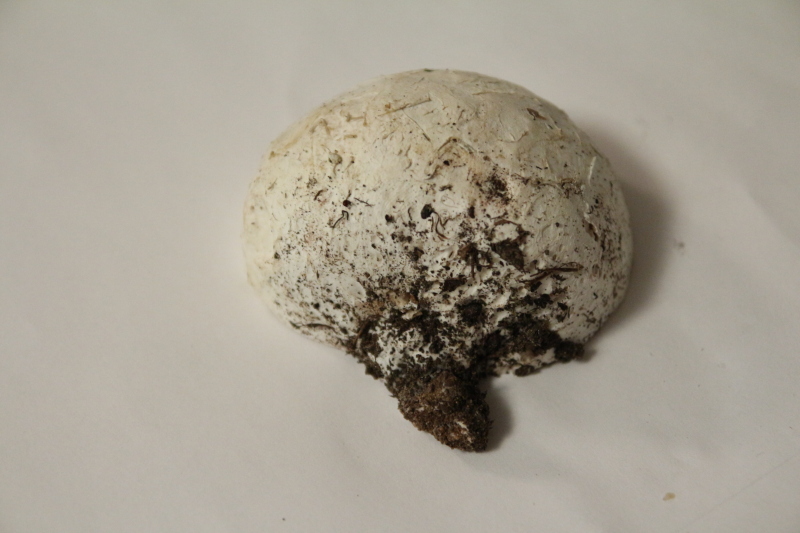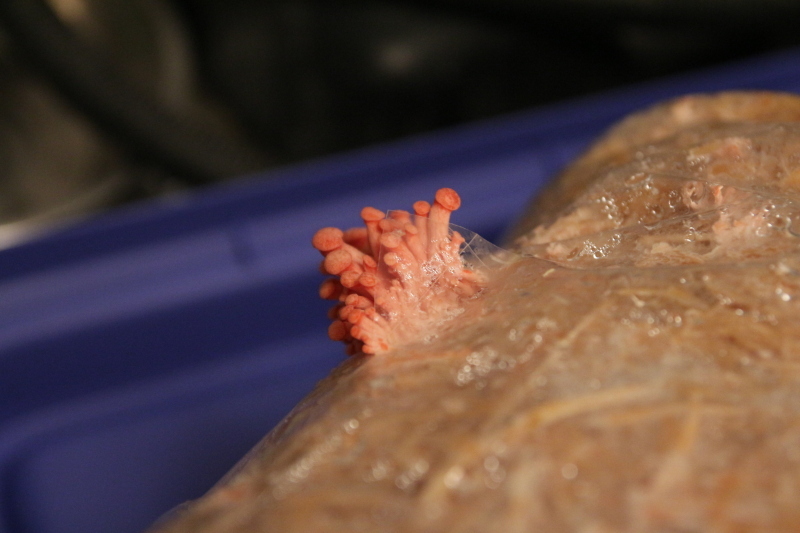When you say old gear is not cheaper... I take it you're looking for some pretty modern stuff? When I decided to get more involved in photography I picked up a Canon Ti4 used from ebay. It was about 6 years old at the time and I picked up a good one for around $250. The same thing with lenses, everything I have is from ebay and everything was relatively cheap (although I'd love to get one of those Sigma 600mm lenses, but oof!). Yeah my body is closer to 12 years old now but I still use it all the time and it's done well for me, plus the EF mounts are common as hell, and all of my lenses have image stabilization built in.
If you're having trouble getting trash photos, maybe check back with this group on what lenses match the shots you're trying to take? There's definitely some garbage lenses out there, and early-on I discovered Canon's own 300mm EF lens have two different models that look identical, but there's a huge difference in the quality between them (which is why the good one costs twice as much, even used).
One good thing about Canon is that you have Magick Lantern available. Most of us can't afford the functionality that this software provides for free! If you want to stick with Canon and get the best bang for your buck, check to see which bodies ML is compatible with to narrow down your selections. After that I would check the lens mounts to see what other mounts can be adapted to fit a body to give you the widest selection of lenses possible. This is usually a one-way street due to focal length so it might pay to choose a body with greater adaptability.






Who said anything about it being standard? I said I know this CAN happen, and I said it was quite some time ago. We can only hope this insanity isn't still in practice anywhere, but I learned long ago that expecting a corporation to NOT do foolish things will give me the same disappointing results as expecting money to come out of my ass. If there's a manager involved, then something on the tech side is going to get fucked up in the name of saving a buck. Therefore I cannot just assume OP gets a normal NAT address, nor can I assume they have any other firewall type device between them and the internet. With limited data, the best I can do is try and provide some general information, hopefully encourage them to ask more questions or provide more specific information, and just hope they don't have a ridiculously stupid ISP that makes things needlessly complicated.